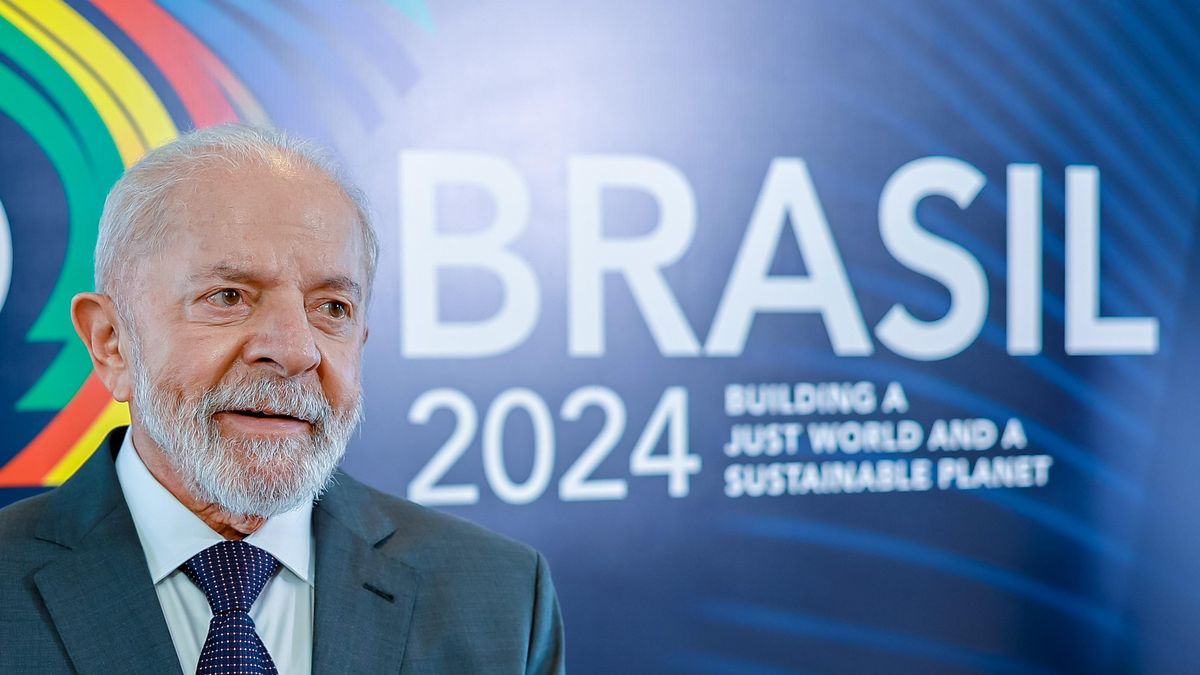- He socialbecause it causes in many people a degradation of human values and principles of coexistence, causing consequences incompatible with reasonable social coexistence.
- He politicalby inserting itself into governance, even reaching its power, facilitating inadmissible corruption, one case is Venezuela
- He economiccriminal organizations today, according to estimates from the year 2023, reach a participation in the global economy equivalent to 10% of the world GDP, this was estimated for that year at 105.4 billion dollars, therefore, the GDP of these organizations would be equivalent to 10.5 trillion dollars, and would rank fourth behind the United States, China and India.
In Latin America, from the Rio Bravo to Tierra del Fuego, the GDP amounts to 7.1 trillion dollars, that is, organized crime exceeds all of Latin America by 50%.
However, these organizations and their members demand legal funds because they coexist in society. This reality causes the link with these crimes that I mentioned at the beginning.
The legal order
The content of Law 27,743 and the Penal Code lead to the following premises: a) The aforementioned law frees the adherent from tax, exchange and customs crimes; but, NOT the crime of laundering; b) This law establishes that, for the externalization of assets, the adherent is obliged to prove the ownership of the same, but NOT the origin of the funds; c) The reform of the Penal Code on laundering introduced, first, through article 278, according to Law 25,246, the concept of crime as a precedent for laundering.
However, subsequently, and through the reform of Law 26,683, it established, according to article 303, paragraph 1, the concept of illicit, significantly expanding the conception of the precedent.
Distinction between legal and illegal activity
These guidelines merit asking How do you distinguish whether the externalized asset comes from an illicit or legal activity?
The difficulty in distinguishing between legal and illegal activity motivates, for those who externalize it, as well as for their advisor, to assume numerous precautions, because in the face of a money laundering action, the corresponding defense must be articulated, which will make it possible to demonstrate that the activity, origin of the externalized assets, it is legal.
The principles such as reality and reasonableness allow us to assess the material situation and, at the same time, with respect to subjectivity, the profile of the externalizing subject must be evaluated.
The advisor must emphasize the human, social and economic quality of the subject, since his responsibility is not released, according to the premises stated by Law 27,743.
This obligation of the advisor obliges him to provide himself with numerous, consistent, serious and precise evidence that allows establishing a presumption of legality regarding the activity carried out by the adherent to the externalization regime; Below are some of the aspects to take into account that may be objective or subjective.
Goals: a) Amount of externalized assets; b) Proportionality between the amount laundered and the volume of economic activity; c) Proportion or disproportion of the externalized capital increase; d) Financial particularity of the economic activity; e) Difficulty or impossibility of justifying lawful income; f) Explanations lacking real and/or reasonable support; g) Use of corporate fictions; h) parameters of the activity carried out by the externalizer; i) Suspicious facts or operations: “Those attempted or carried out that cause suspicion or reasonable grounds to suspect that the goods or assets involved come from or are linked to a criminal offense or are related to the financing of terrorism, or to the financing of the proliferation of weapons of mass destruction or that, having previously been identified as unusual, after the analysis and evaluation carried out by the obligated subject, they do not allow the unusualness to be justified.”; j) Unusual facts or operations: “Operations attempted or carried out in an isolated or repeated manner, regardless of the amount, that lack economic and/or legal justification, and/or are not related to the client’s level of risk or their transactional profile and/or that, due to their frequency, regularity, amount, complexity, nature and/or other particular characteristics, deviate from the uses and customs in market practices.”
Subjectives: a)Human qualities of those who externalize; b) Economic activity of those who externalize; b) Link between the person who externalizes and the perpetrators of illicit activity
The following examples allow us to appreciate how the justification of reasonableness and reality works: 1) The small taxpayer externalizes an extravagant sum for his formal movement: in case: 300,000 dollars; 2) The producer externalizes soybean stock, the quantity of which would indicate having had an average yield of 5,500 kg in the last four years, when there was a decrease in yields due to adverse weather conditions; 3) The adherent to externalization is a shareholder in a foreign company that does not register economic activity.
These and other examples require the advisor to have experience, obtain information, and draw on his own knowledge or that of specialized third parties, both about the person who adheres, about his activity, and about the reasonable parameters of that activity.
Defense in a subsequent and eventual laundering action will be possible if sufficient elements are available.
This risk requires reasonable and preventive precautions and having the greatest possible information and documentation that proves evidence of legality of the activity generating the externalized assets.
Prevention in these cases is exercised through the appropriate collection of information, data and documents, that is, it could be said to have advance evidence that, if laundering action were involved, it may be difficult to obtain or produce at that time.
UNLP Accountant; Master in Law UA, founding partner Estudio Gerardo Vega e Hijos
Source: Ambito
I am Pierce Boyd, a driven and ambitious professional working in the news industry. I have been writing for 24 Hours Worlds for over five years, specializing in sports section coverage. During my tenure at the publication, I have built an impressive portfolio of articles that has earned me a reputation as an experienced journalist and content creator.




